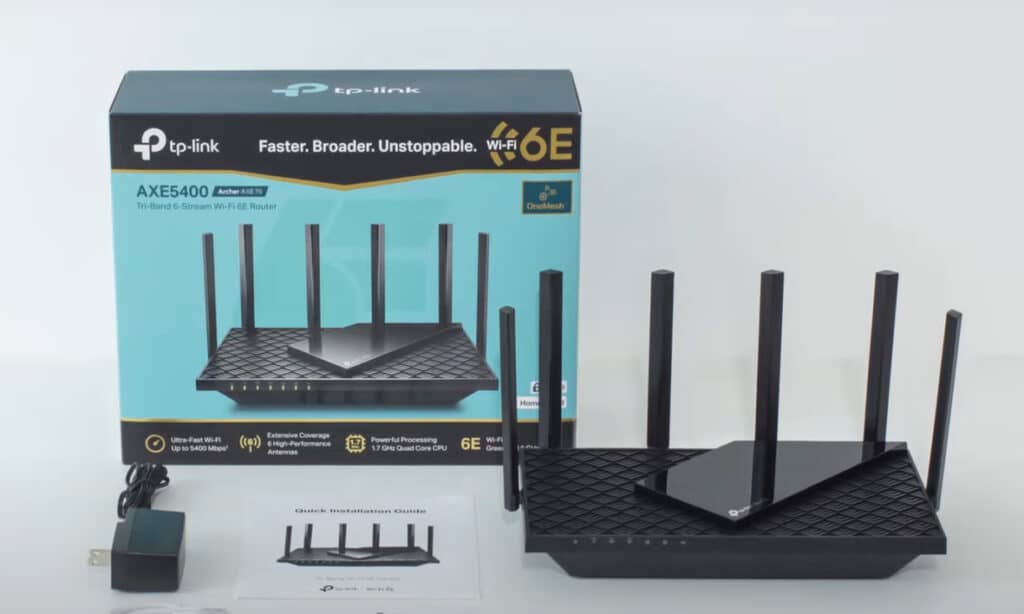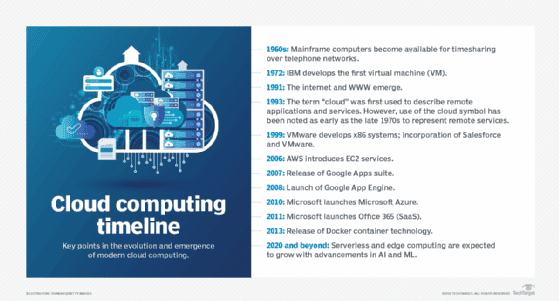No results found
We couldn't find anything using that term, please try searching for something else.

Public Cloud Services Comparison
compute Shared Web hosting compute Virtual Server compute Bare Metal Server
| compute | Shared Web hosting | |||||||
| compute | Virtual Server | |||||||
| compute | Bare Metal Server | |||||||
| compute | VMware | |||||||
| compute | Virtual Dedicated Host | |||||||
| compute | high Performance Computing | |||||||
| compute | Container Registration Service | |||||||
| compute | Container Management Service | |||||||
| compute | serverless compute for container | |||||||
| compute | Serverless container platform | |||||||
| compute | Micro Services App Development Platform | |||||||
| compute | Serverless app repository | |||||||
| compute | virtual Private Servers | |||||||
| compute | auto scaling | |||||||
| compute | Batch Jobs | |||||||
| compute | App Development/ Deployment ( Java /.Net /PHP /Python ) | |||||||
| compute | event Driven Computing | |||||||
| storage | Object storage | |||||||
| storage | Virtual Machine Disk storage | |||||||
| storage | File storage (SMB Compatible) | |||||||
| storage | Long Term Cold storage | |||||||
| storage | Hybrid storage/storage Gateway | |||||||
| Database | Relational Database Management Service | |||||||
| Database | Non Relational Database Management Service | |||||||
| Database | Timeseries Database | |||||||
| Database | Graph Database | |||||||
| Database | In-Memory Data Store | |||||||
| Database | Data Warehousing | |||||||
| Migration Services | Database Migration Services | |||||||
| Migration Services | Server Migration Services | |||||||
| Migration Services | Small Scale Data Transfer Service | |||||||
| Migration Services | Large Scale Data Transfer Solution ( Petabyte Scale ) | |||||||
| Migration Services | Large Scale Data Transfer Solution (Terabyte Scale) | |||||||
| Migration Services | Large Scale Data Transfer Solution (Exabyte Scale) | |||||||
| Application Discovery Services | Application Discovery Services | |||||||
| Networking & Content Delivery | Virtual Networking | |||||||
| Networking & Content Delivery | Virtual network connectivity | |||||||
| Networking & Content Delivery | Network Gateway | |||||||
| Networking & Content Delivery | Content Delivery Network | |||||||
| Networking | Networking & Content Delivery | |||||||
| Networking | Global Traffic Management | |||||||
| Hybrid Cloud | Hybrid Cloud | |||||||
| Networking & Content Delivery | Private Connectivity | |||||||
| Networking & Content Delivery | Load Balancers | |||||||
| Developer Tools | Cloud Software Development Kit | |||||||
| Developer Tools | Cloud Software Development Kit | |||||||
| management tool | Server Management Services | |||||||
| management tool | Cloud Deployment templates/ Infra as Code | |||||||
| management tool | Logging & Monitoring | |||||||
| management tool | resource / Configuration inventory | |||||||
| management tool | Server Automation | |||||||
| management tool | Server Automation | |||||||
| management tool | Cloud Cost / Performance / Security Advisor | |||||||
| management tool | Alerts and Remediation guidance Service | |||||||
| management tool | Cloud management tool | |||||||
| management tool | Automated Infra Management Services | |||||||
| Disaster Recovery Services | Automated Disaster Recovery Services | |||||||
| Security & Identity, Compliance | Identity & Access Management | |||||||
| Security & Identity, Compliance | Cloud Security Assesment Service | |||||||
| Security & Identity, Compliance | Secured Socket Layer (SSL) Certificates | |||||||
| Security & Identity, Compliance | Hardware Based Security Module | |||||||
| Security & Identity, Compliance | Directory Services | |||||||
| Security & Identity, Compliance | Key Management Services | |||||||
| Security & Identity, Compliance | Consolidated Management of Multiple Cloud Accounts | |||||||
| Security & Identity, Compliance | DDos Protection Service | |||||||
| Security & Identity, Compliance | Web Application Firewall | |||||||
| Security & Identity, Compliance | Security & Compliance Service | |||||||
| Security & Identity, Compliance | Security & Compliance Service | |||||||
| Security & Identity, Compliance | Sensitive Data discovery and protection | |||||||
| Big Data & Advanced Analytics | big Data Query as a service | |||||||
| Big Data & Advanced Analytics | Big Data Managed Cluster as a Service | |||||||
| Big Data & Advanced Analytics | Cloud Search | |||||||
| Big Data & Advanced Analytics | Streaming Service | |||||||
| Big Data & Advanced Analytics | Data Warehouse | |||||||
| Big Data & Advanced Analytics | Business Intelligence & Data Visualization | |||||||
| Big Data & Advanced Analytics | Cloud ETL | |||||||
| Big Data & Advanced Analytics | Third party datum exchange | |||||||
| Big Data & Advanced Analytics | Data Analytics platform | |||||||
| Artificial Intelligence / Machine Learning | Language Processing AI | |||||||
| Artificial Intelligence | Speech Recognition AI | |||||||
| Artificial Intelligence | image Recognition AI | |||||||
| Artificial Intelligence | Machine Learning | |||||||
| Artificial Intelligence / Machine Learning | Machine Learning Frameworks | |||||||
| Artificial Intelligence / Machine Learning | Business analysis | |||||||
| Artificial Intelligence / Machine Learning | Machine Learning inference | |||||||
| Artificial Intelligence / Machine Learning | Intelligent Search / Search with ML | |||||||
| Mobile Services | Mobile App Development Services | |||||||
| Mobile Services | Web API Management Service | |||||||
| Mobile Services | Web/Mobile Authentication Services | |||||||
| Mobile Services | Consolidated Mgmt of Multiple Cloud Accounts | |||||||
| Automated Cloud Management Service | Managed Cloud Services | |||||||
| Mobile Services | Mobile App Testing Service | |||||||
| Mobile Services | Mobile App Software Development Toolkit | |||||||
| Mobile Services | application Services | |||||||
| Mobile Services | Mobile App Analytics | |||||||
| application Services | API Management Service | |||||||
| application Services | Media Transcoders | |||||||
| application Services | Queuing Services | |||||||
| application Services | Mobile Analytics | |||||||
| application Services | Email Services | |||||||
| application Services | Notification Services | |||||||
| application Services | Blockchain Services | |||||||
| application Services | Chatbot | |||||||
| Business Productivity | Office Document solution | |||||||
| Business Productivity | Desktop Application Streaming | |||||||
| Business Productivity | Communications Service | |||||||
| Software MarketPlace | Cloud Marketplace | |||||||
| internet of thing | IoT Platform | |||||||
| internet of thing | IoT Development Solutions | |||||||
| internet of thing | IoT Analysis | |||||||
| internet of thing | IoT Hardware | |||||||
| Game Development | Game Development | |||||||
| Robotics Development | Robotics Development | |||||||
| Development & Testing | Development & Testing |


![3NET VPN Mod Apk 5.3 [Remove ads][Mod speed] free download: 39.66 MB](/img/20241225/YklYmb.jpg)

![Windscribe Review [The Best Free VPN in 2024?]](/img/20241121/UXqkPK.jpg)
